After Two Days of Voting, Vatican Elects First US-Born Pope
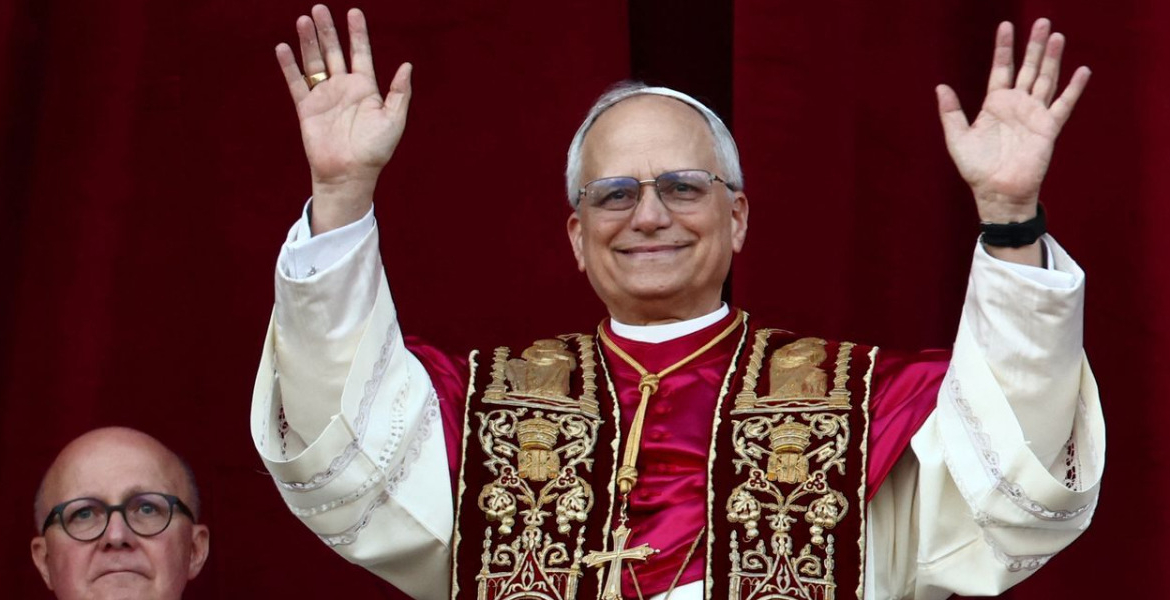
In a historic election, Cardinal Robert Francis Prevost of the United States has been chosen as the 267th Pope of the Roman Catholic Church, assuming the name Leo XIV.
The announcement came yesterday following the conclusion of a papal conclave held within the Sistine Chapel, heralding a new era for the global Catholic community. Pope Leo XIV, born on September 14, 1955, in Chicago, Illinois, is the second Pope from the Americas and the first American-born Pontiff in the Church's extensive history. The election of Pope Leo XIV took place after two days of voting by the 133 cardinal electors.
The process mirrored the swift elections of Pope Francis in 2013 and Pope Benedict XVI in 2005, both of whom were chosen after similar periods of deliberation. After an initial two unsuccessful attempts signalled by black smoke rising from the Sistine Chapel chimney Wednesday night and Thursday morning, white smoke emerged at 6:08 p.m. Kenyan time, accompanied by the ringing of St. Peter's Basilica bells. This long-awaited signal confirmed to the world that the Catholic Church had selected its new leader.
Protocols and Reactions
The announcement triggered immediate celebrations, with approximately 15,000 people gathering in St. Peter’s Square to witness the historic event. Among the crowd were Sarah and Cameron, a couple from Indiana who told Vatican News of the unique and unparalleled experience they felt witnessing the change. The electoral process, governed by the Apostolic Constitution Universi Dominici Gregis, ensures that the conclave's procedures are meticulously followed.
Once a cardinal secures the required two-thirds majority, the senior cardinal formally asks whether he accepts the election as the Supreme Pontiff. Upon acceptance, the new Pope declares his chosen papal name. The Master of Pontifical Liturgical Celebrations records the acceptance, witnessed by two ceremonial officers.
The ballots and election materials are then burned, producing the white smoke that signals the election to the world. Following his acceptance, Pope Leo XIV proceeded to the Room of Tears to don his papal vestments and engage in a moment of personal prayer before his public appearance.
A Diverse Pool of Candidates
Pope Leo XIV's election emerged from a diverse group of contenders. Cardinal Jean-Marc Aveline of Marseille, France, known for his advocacy for dialogue between Christianity and Islam, is closely aligned with Pope Francis’ vision. Cardinal Charles Maung Bo from Myanmar, who made headlines with his 2015 appointment in the Buddhist-majority nation, and Cardinal Peter Erdo of Hungary, seen as a unifying figure between conservative and progressive factions within the Church, were other notable candidates.
Cardinal Mario Grech of Malta, a prominent advocate for Pope Francis’ reforms, particularly in LGBT rights and Holy Communion for divorcees, was also considered, along with Cardinal Cristobal Lopez Romero of Morocco, known for his missionary work and advocacy for migrants. Cardinal Pietro Parolin, the Vatican’s Secretary of State, was viewed as a compromise candidate given his extensive experience as a church diplomat and administrator. Cardinal Luis Antonio Tagle of the Philippines, dedicated to social justice and Cardinal Matteo Maria Zuppi of Italy, known for his grassroots ministry and preference for humble transportation, were other prominent figures.
Prevost’s Background and Path to Papacy
Pope Leo XIV’s journey to the papacy has been characterised by deep service within the Augustinian order, distinguishing him from his predecessor, Pope Francis, who was a member of the Jesuit order. His extensive ecclesiastical leadership includes his appointment as the apostolic administrator of the Diocese of Chiclayo, Peru, by Pope Francis in November 2014. In January 2023, he was appointed prefect of the Dicastery for Bishops and president of the Pontifical Commission for Latin America. He was elevated to cardinal status on September 30, 2023, during the Consistory convened by Pope Francis, assuming the Deaconry of Santa Monica.
The election of Pope Leo XIV occurs at a pivotal time for the Catholic Church. Over 80 per cent of the cardinal electors were appointed by Pope Francis, suggesting that the new Pontiff’s ideological direction will be influenced by his predecessor’s legacy. Pope Francis’ 12-year papacy was marked by social justice efforts, outreach to marginalised communities, and reforms aimed at modernising Church teachings. Early indications suggest a continuation of this vision. His leadership style may prioritise dialogue, inclusivity, and maintaining the trajectory set forth by Francis.

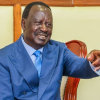
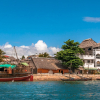
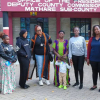
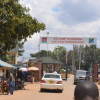
Add new comment